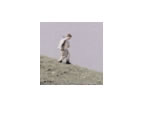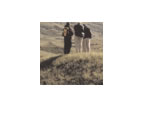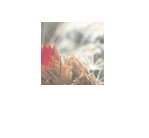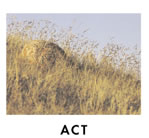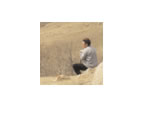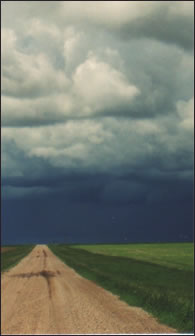Human Impact: The Disappearance of Native Prairie
Native prairie was once the largest vegetation community in
North America. Now, in the highly cultivated rural municipalities of
Saskatchewan, all that remains of the native grasses and forbs are patches.
Between 1976 and 1981, native prairie disappeared at a rate of 1,000 acres
per day. The heavy clay soils in the lacustrine plain around Regina, which
covers about 1.3 million acres, contains only 16 native prairie sites
totaling 500 acres, a mere 0.04 per cent of the area. The prairies are North
America’s most thoroughly transformed landscape. At one time the mat of
native prairie reached from Edmonton to the Mexican border. Prior to the
introduction of European settlement, this mat covered about 168 million
hectares.
The disappearance of native prairie means the disappearance of thousands of
years of evolutionary history. This resource can never be replaced. The
prairie vegetation is vital to the survival of countless wildlife species,
many of which have already dropped significantly in number.
While species such as the Swift Fox, Sage Grouse, Burrowing Owl,
Black-Tailed Prairie Dog, Black Footed Ferret, Loggerhead shrike,
Ferruginous Hawk and Big Mouth Buffalo Fish are endangered, other species
such as the Plains Grizzly Bear and Greater Prairie Chicken have already
been lost.
Adapted with permission from Native Prairie Stewardship Fact Sheet,
published by the Saskatchewan Wetland Conservation Corporation,
(Saskatchewan Watershed Authority (
http://www.swa.ca ) and Acreage Living: A Conservation Guide for
Owners and Developers of Natural Habitats published by The Native Plant
Society of Saskatchewan Inc., 2001
http://www.npss.sk.ca . |
